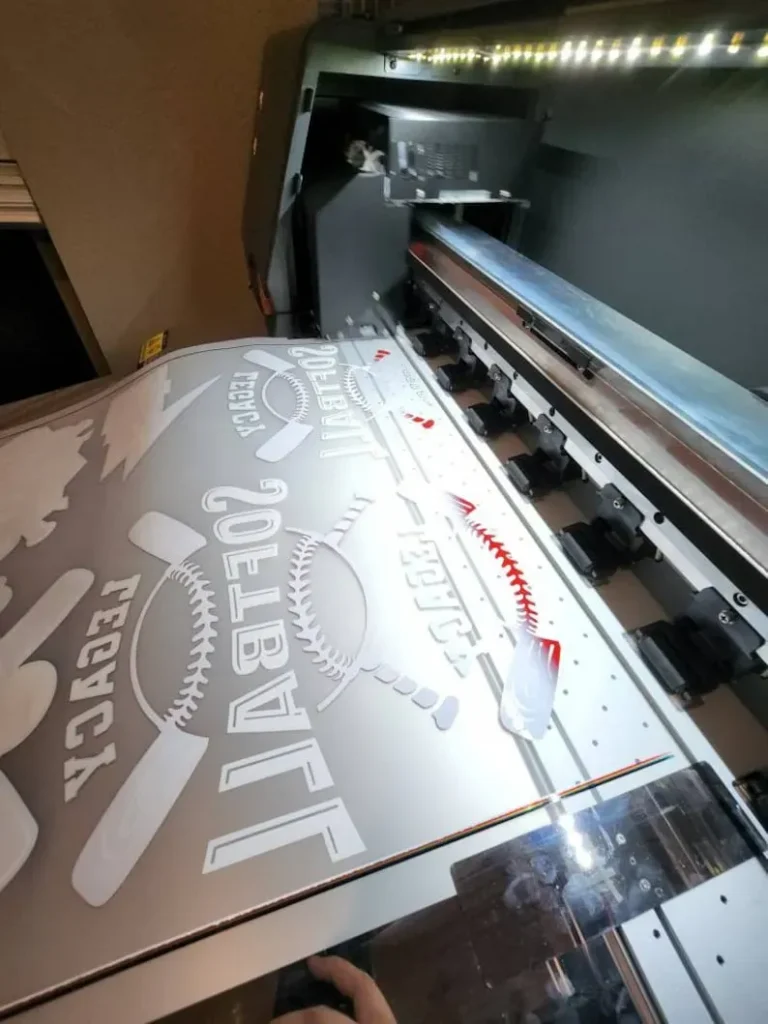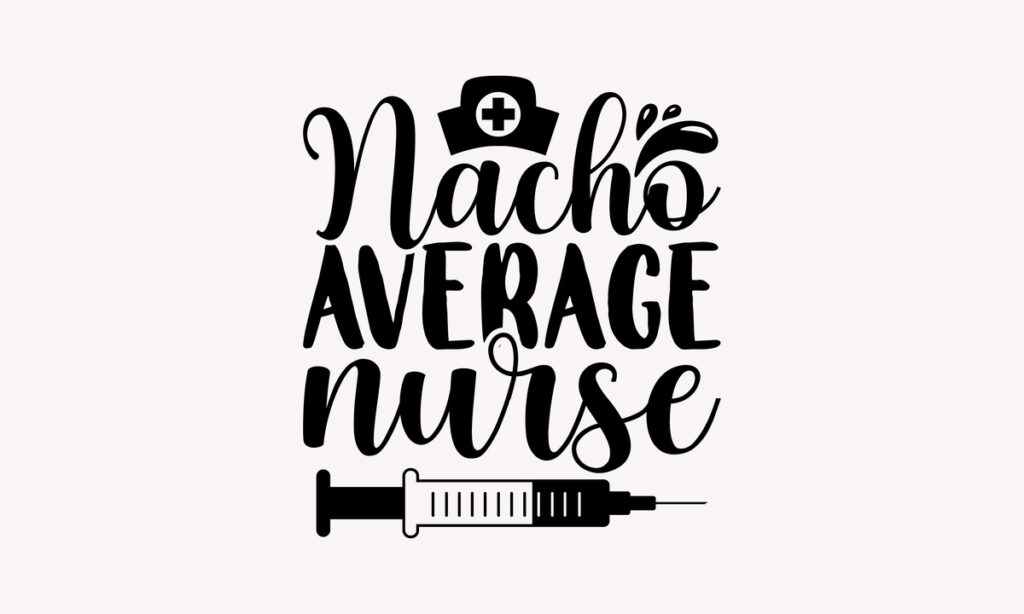In the vibrant landscape of custom apparel printing, DTF transfers are revolutionizing the industry with their innovative Direct-to-Film technology. This advanced textile printing method allows creators to reproduce intricate designs and bold colors with ease, making it a popular choice for both small businesses and larger enterprises. By leveraging the unique advantages of DTF transfers, such as versatility and durability, businesses can cater to a wide range of fabric types while ensuring high-quality results. As demand rises for customizable apparel solutions, understanding the intricacies of DTF transfers becomes essential for anyone looking to stay competitive. Join us as we delve deeper into the world of DTF printing technology, exploring its benefits and potential impact on the textile printing market.
In the realm of fabric decoration, Direct-to-Film (DTF) printing methods have emerged as a stylish alternative for producing personalized merchandise. This cutting-edge approach to custom apparel printing offers a perfect blend of creativity and practicality, enabling businesses to craft unique designs with striking clarity. DTF technology, often praised for its adaptability across various textile substrates, empowers manufacturers to respond swiftly to market trends. Furthermore, the associated benefits of this technique make it an attractive option for those seeking to enhance their product offerings in an increasingly competitive environment. With such promising potential, it’s no wonder that DTF transfers have captured the attention of artisans and entrepreneurs alike.
Understanding DTF Transfers: A Game-Changer in Textile Printing
Direct-to-Film (DTF) transfers represent a revolutionary approach in the textile printing landscape. This technique involves printing designs directly onto film rather than fabric, and then transferring these designs using heat and pressure. One of the standout characteristics of DTF transfers is their adaptability; they can be used on various materials including cotton, polyester, and blends, making them a highly versatile choice for different projects. The ability to produce vibrant and intricate designs with excellent color fidelity sets DTF apart from more traditional methods, which often struggle to achieve the same level of detail.
Moreover, DTF printing technology is designed to cater to both small businesses and large-scale manufacturers, enabling them to meet diverse customer needs with ease. This method facilitates the production of unique, high-quality prints at a fraction of the time required by other textile printing methods. By eliminating the need for screens or plates, DTF allows for a much quicker turnaround and reduces setup costs, making it an attractive option for custom apparel printing.
Key Advantages of DTF Transfers Over Other Methods
When it comes to custom apparel printing, DTF transfers boast numerous advantages that position them as a preferred choice among both professionals and hobbyists. For starters, DTF technology enables the production of high-resolution images with vibrant colors and sharp details that are critical for eye-catching designs. Unlike other methods such as screen printing, which may compromise on intricate designs, DTF consistently delivers quality that exceeds expectations. This quality is particularly advantageous for small businesses that rely on standout designs to attract customers.
Another significant advantage of DTF transfers is their durability. The prints are known for their resistance to cracking, peeling, and fading, even after numerous wash cycles. This level of durability ensures that garments maintain their professional appearance over time, fostering repeat business and customer satisfaction. Coupled with the cost-effective nature of DTF, which allows for efficient handling of small orders without a dip in quality, it is clear why many are turning to this approach for their custom printing needs.
Recent Innovations in DTF Printing Technology
The DTF printing landscape is evolving rapidly, with several recent innovations aimed at improving both efficiency and output quality. Manufacturers of DTF printers are actively developing faster printing speeds and enhanced ink formulations, leading to better adhesion on fabrics. These advancements not only streamline production but also increase the potential applications for DTF, allowing businesses to expand their service offerings. As the technology matures, users can expect greater reliability and performance from their DTF machinery.
Additionally, the market is experiencing growth fueled by rising awareness of DTF printing, particularly in the custom apparel and promotional product sectors. Predictions indicate that more businesses will adopt DTF technology in the coming years, making it essential for industry stakeholders to stay updated on these trends. This increasing market adoption is a testament to the advantages offered by DTF, and it signifies a shift toward more accessible and high-quality printing solutions for diverse textile applications.
Essential Techniques for Successful DTF Printing
To achieve optimal results with DTF technology, understanding and implementing key techniques is crucial. A proper pre-treatment process is often necessary to ensure that the fabric has the right surface texture for the DTF solution to adhere effectively. This step not only enhances the quality of the print but also helps prolong the life of the design on the garment. Ignoring pre-treatment can lead to inferior results and dissatisfaction among customers who expect high-quality prints.
Another integral part of DTF transfer success is the heat pressing phase, where the printed film is applied to the fabric. Proper temperature and pressure settings are critical in this stage; insufficient heat can result in a weak bond while excessive heat could damage the print or the fabric. Understanding these parameters ensures quality outcomes, reinforcing the value of training and experience in mastering the DTF printing process.
DTF vs. Other Textile Printing Methods: A Comparative Overview
When comparing Direct-to-Film transfers with other printing methods such as Direct-to-Garment (DTG) and screen printing, it is essential to evaluate their relative strengths and weaknesses. While DTG is renowned for producing exceptionally smooth finishes on garments, it often falls short with small orders due to longer setup times and higher costs. In contrast, DTF offers a more efficient solution for medium to small orders, combining quality and speed that is tailored for custom apparel demands.
Screen printing, on the other hand, excels when it comes to producing large quantities at lower costs but may struggle with detailed designs and color variety. DTF printing blends the best features of both methods, making it a versatile option suitable for an array of projects. As awareness and understanding of these techniques grow, businesses can make informed decisions about which printing method aligns best with their goals and customer expectations.
The Eco-Friendly Aspects of DTF Printing
In addition to its practical advantages, DTF printing technology is also emerging as a more environmentally friendly option compared to traditional textile printing methods. One of the primary reasons for this is the reduced waste associated with the DTF process. Since designs are printed onto a film rather than traditional screens, the amount of materials required for setup is greatly minimized, contributing to less overall waste in the production process.
Furthermore, DTF printing typically requires fewer chemicals for the transfer process, which can lead to reduced chemical runoff and a lower environmental impact. For businesses committed to sustainable practices, adopting DTF technology signals a progressive step towards greener manufacturing practices without sacrificing quality or performance in custom garment production.
Frequently Asked Questions
What are DTF transfers and how do they work?
DTF transfers, or Direct-to-Film transfers, involve printing images onto a special film which is then applied to fabric using heat. This method allows for vibrant designs and intricate patterns, making it suitable for a variety of materials like cotton and polyester.
What are the main advantages of using DTF printing technology?
DTF printing technology offers several advantages, including versatility across different fabrics, high-resolution image quality, durability against fading, and cost-effectiveness for small order sizes, making it ideal for custom apparel printing.
How do DTF transfers compare to other textile printing methods?
Compared to other textile printing methods like DTG and screen printing, DTF transfers provide a balance of quality and cost-effectiveness, especially for medium to small orders. DTF excels in color vibrancy and detail, while screen printing is more economical for bulk orders.
Can DTF transfers be used on all types of fabrics?
Yes, DTF transfers are versatile and can be applied to a variety of fabrics including cotton, polyester, and blends. This flexibility makes DTF technology an excellent choice for diverse textile printing needs.
What is the environmental impact of DTF printing technology?
DTF printing technology is often considered more environmentally friendly than traditional methods, as it generates less waste and minimizes the use of chemicals in the printing process, appealing to businesses that aim to reduce their environmental footprint.
Is pre-treatment necessary for DTF transfers?
Pre-treatment is recommended for many fabrics when using DTF transfers, as it enhances adhesion between the transfer and the fabric, ensuring better quality and longevity of the final print.
| Key Aspect | Details |
|---|---|
| What are DTF Transfers? | Printing images onto a special film that can be applied to various fabrics using heat. |
| Advantages of DTF Transfers | Versatile across various materials, high quality, durable prints, cost-effective for small orders. |
| Recent Developments | New technologies are improving DTF printer efficiency, and market growth is projected as awareness increases. |
| Common Techniques | Pre-treatment of fabrics, proper heat pressing is essential for quality results. |
| Environmental Considerations | More eco-friendly compared to traditional printing, reducing chemical usage and waste. |
| DTF vs Other Methods | Merges benefits of DTG and screen printing, ideal for medium to small orders with quality output. |
| User Experience | High satisfaction from small business owners for rapid production of custom designs. |
Summary
DTF transfers are revolutionizing the world of custom printing by providing a versatile, high-quality, and cost-effective solution for textile enthusiasts and manufacturers. This innovative method of printing on film and applying it to fabrics via heat stands out for its durability and vibrant color reproduction. As the technology continues to advance and adapt, DTF transfers are likely to become a staple in the printing industry, favored for everything from custom clothing to promotional products.



